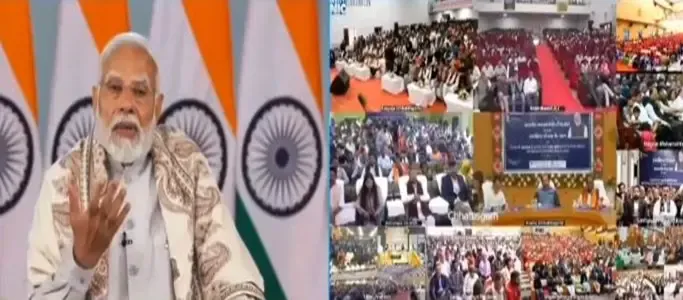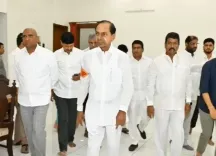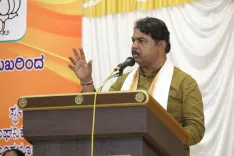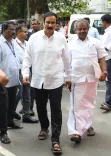Understanding the Impact of the SVAMITVA Initiative on Rural India

Synopsis
The SVAMITVA initiative, launched in India, aims to digitize land records and enhance property ownership clarity for rural inhabitants. The program has significantly improved access to financial resources, reduced land disputes, and empowered women, facilitating economic growth and better governance in villages.
Key Takeaways
- SVAMITVA has digitized land records in rural India.
- Over 2.19 crore property cards have been distributed.
- The initiative has reached 92% of villages.
- Women now have legal property rights.
- Local governments can efficiently collect property taxes.
New Delhi, Jan 18 (NationPress) On Saturday, Prime Minister Narendra Modi distributed property cards under the SVAMITVA (Survey of Villages Abadi and Mapping with Improvised Technology in Village Areas) yojana, benefiting 10 states and two Union Territories.
The pilot phase of this scheme began in April 2020, with a national rollout following in April 2021. Over the past few years, the initiative has achieved significant success and has become crucial in digitizing land records for the farming community and local residents.
The SVAMITVA yojana is revolutionizing rural India by providing precise property ownership information and fostering positive transformations in the daily lives of villagers. It has granted them clear land ownership, which minimizes disputes and enhances opportunities.
Before the launch of the SVAMITVA initiative, rural households faced challenges due to the absence of formal land documentation, resulting in uncertainty and frequent disputes.
In just 3.5 years of operation, the impressive impact of the scheme is evident, as it has reached nearly 92 percent of villages.
As per official data, the drone survey under the SVAMITVA scheme was accomplished in 3.17 lakh villages by December 2024, with 2.19 crore property cards issued for approximately 1.49 lakh villages.
The drone survey has been finalized in the Union Territories of Lakshadweep, Ladakh, Delhi, Dadra & Nagar Haveli, and Daman & Diu, along with the states of Madhya Pradesh, Uttar Pradesh, and Chhattisgarh.
Transforming Disputes into Solutions
Previously, farmers lacked legal titles for their land, complicating their ability to secure loans. Following the SVAMITVA implementation, villagers' property ownership became formalized, providing millions in rural India with a sense of security and clear titles. Now, digital ownership records enable villagers to utilize their land as collateral, unlocking financial freedom and stimulating investments in agriculture. This fosters economic growth in rural communities.
Land disputes were prevalent in rural India due to ambiguous ownership and outdated records. However, with the introduction of digital property cards through SVAMITVA, these disputes have decreased significantly, offering clarity and security for landowners.
Local governments previously faced difficulties in collecting property taxes due to inaccurate records. The digitization of land records initiated by SVAMITVA now allows local authorities to effectively assess property taxes, enhancing revenue for Gram Panchayats and promoting rural development.
Women historically encountered obstacles in asserting property rights due to traditional customs. Thanks to SVAMITVA, women are now provided with legal property ownership documentation, empowering them economically and advancing gender equality within rural communities.
Additionally, outdated land records hindered infrastructure planning and development efforts. The drone mapping, combined with the digitization of land records, is now establishing a foundation for more intelligent infrastructure planning in the rural sector.









